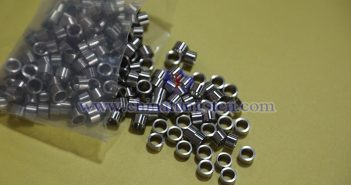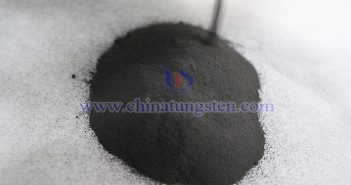
Similar to tungsten-cobalt and tungsten-titanium-cobalt alloys, tungsten-titanium-tantalum (niobium)-cobalt alloys are widely used hard alloys. Due to their excellent physicochemical properties and strong versatility, they are also known as universal hard alloys or all-purpose hard alloys. From a chemical composition perspective, YW-class tungsten carbide is composed of tungsten carbide (WC), titanium carbide (TiC), tantalum carbide (TaC) or niobium carbide (NbC), and cobalt (Co). Their grades are designated with the code YW (derived from the first letters of the Chinese pinyin for…









